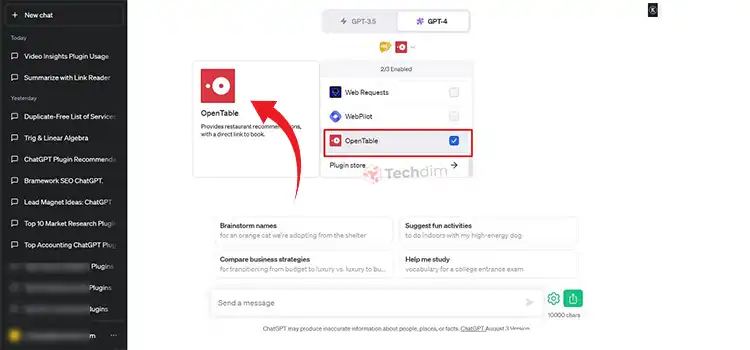Is Wombo AI Safe? | Proper Explanation for You
The Wombo AI is such a great app for entertainment purposes. By using this, you can convert a selfie into a singing video, a kind of deep fake singing type thing. Since it has launched, drawn huge numbers of user attention. On Android and iOS platforms, millions of users have downloaded it but recently, the app was taken down from the app stores.
Well, the taking down reason is not related to safety and no one has mentioned that either. Regarding safety, the Wombo AI is totally safe but poses to risk in some scenarios.
In this article, we have discussed whether Wombo AI is safe to use or not. So, be with us till the end and find out whether you should trust Wombo or not. Let’s begin then.

Is Wombo AI Trust Worthy and Safe to Use?
In the virtual world, keeping thyself safe from data stealing is the main priority. Hackers or cybercriminals whatever you say, always target to steal data and create threats for users. And that’s why while using any application, you should be concerned about the safety of it.
Recently, the Wombo AI application is taken down from the Play Store and Apple App Store, and it makes users think about whether Wombo AI is safe to use or not. You can use it if you have downloaded it from a trustable source.
Womb AI uses AWS or Amazon Web Service to store the facial feature data to process the video and delete it immediately once the processing is done. The AWS infrastructure has strong safeguards to protect the data. Data are stored in highly secured data centers. So, if you are thinking of data breaches then it’s kind of tough to breach AWS security protocol to steal data.
Moreover, the Wombo Corporation has invested a huge amount of money in security measures. The data-sending process is totally encrypted which provides an extra layer of security. Additionally, it uses advanced machine learning algorithms which ensure safe and security.
What Are the Possible Risks with Wombo AI?
Though Wombo ensures safety, there are some situations where you may feel insecure while using Wombo AI. In their privacy policy, they have stated that they use third-party services and they don’t have any control over them. And they have the authority to collect information and use them to identify users.
In this scenario, data can be stolen from third-party services or they can trade your data for money. In another scenario, the app is not available in the app stores. So, if you are willing to download this app then you will need to download it from Google. If you have downloaded it from unauthorized websites then you may have malicious things in your device.
Frequently Asked Questions and Answers (FAQs)
Is WOMBO a Chinese app?
No, Wombo is not a Chinese app. It’s an image manipulation mobile app that was created by a Canadian organization Wombo in 2021.
Is Wombo AI free to use?
Yes, Wombo AI is totally free to use. But if you want more premiere features then you will need to purchase their subscription.
When was Wombo AI taken down from app stores?
On May 3, 2023, Wombo AI was taken down from all app stores including the play store and apple app store. But the developers are trying now to back the application on the app stores again.
Conclusion
To sum up, Wombo AI is totally safe to use. Though it can be unsafe in some situations, if you are aware enough then you can be safe in this virtual world. So, if you haven’t downloaded the app yet then while downloading make sure you are downloading from a valid and reliable source.
Subscribe to our newsletter
& plug into
the world of technology





